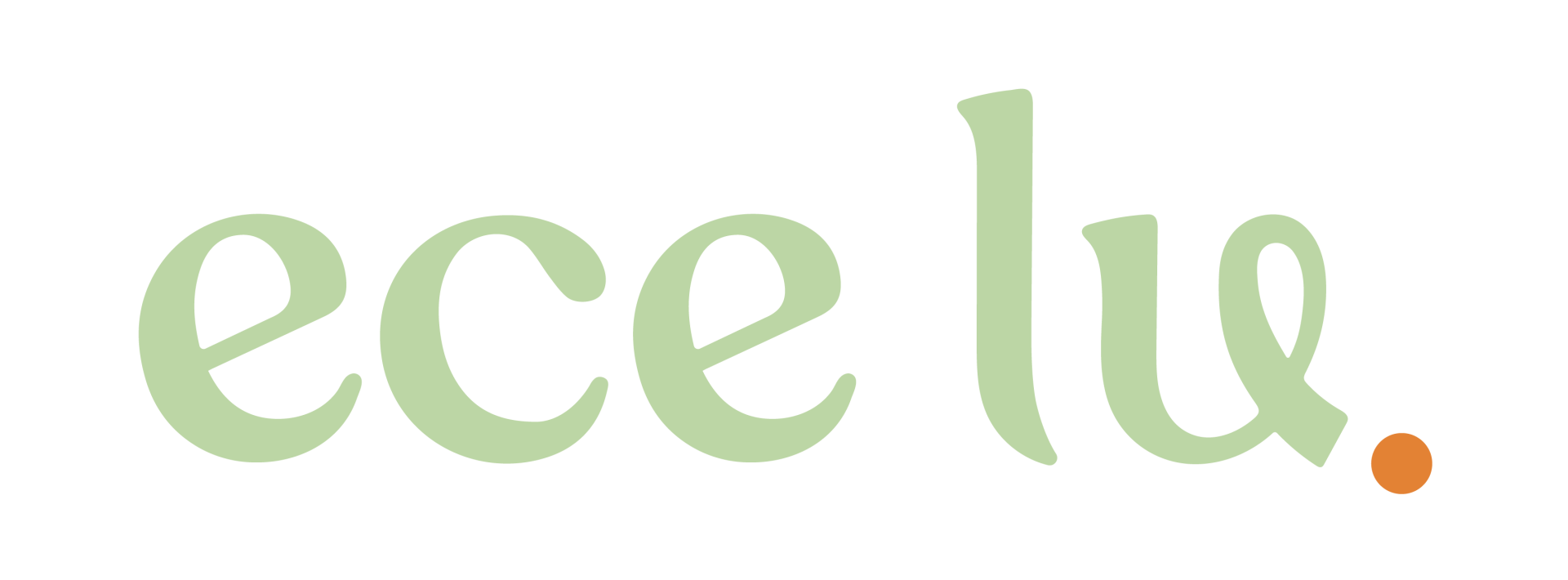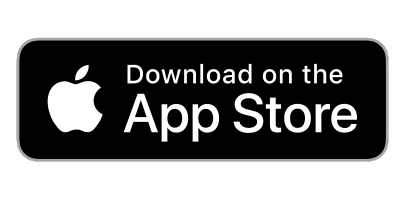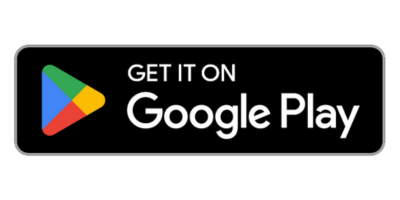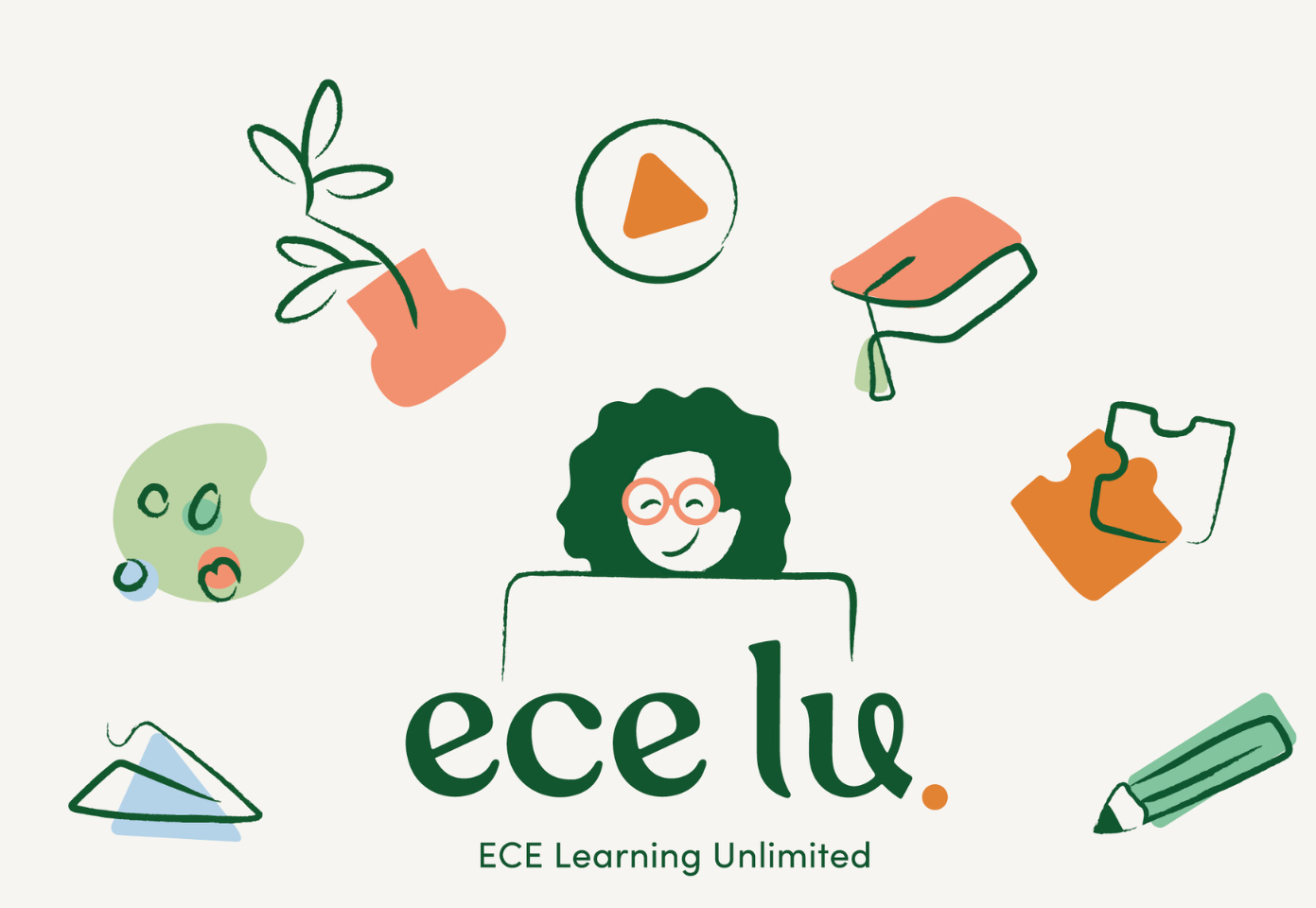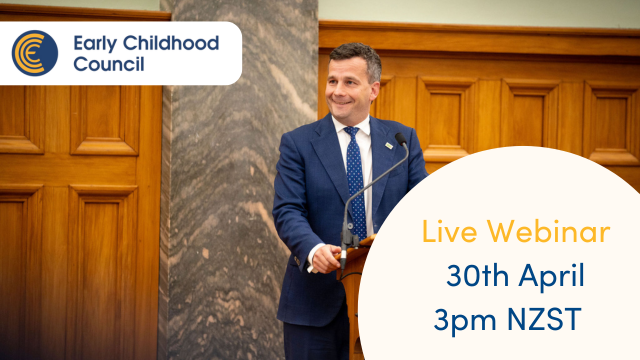For the best part of my 20 years as an early childhood educator, including 17 years as manager, unlocking the key to authentic planning and documentation seemed a perpetually moving goal post. Just when I thought I had discovered the “right” way to appease the external powers there was never enough complexity in learning, never explicit progression evidenced in our documentation, and links between planning and documentation always required strengthening. Frustratingly, 20 years later, ERO was right!
Throughout those years I have led and mentored various teams and Kaiako based on what seemed the current sector trend around planning and documentation of children’s learning. I believed access to new resources every funding period and provision of more non-contact hours for Kaiako would complete the “quality” puzzle. I wasn’t wrong, but I wasn’t entirely on the money either.
At my very core I always believed quality achievement didn’t lie in the aesthetics of an environment, but in the people; he tangata, he tangata, he tangata!
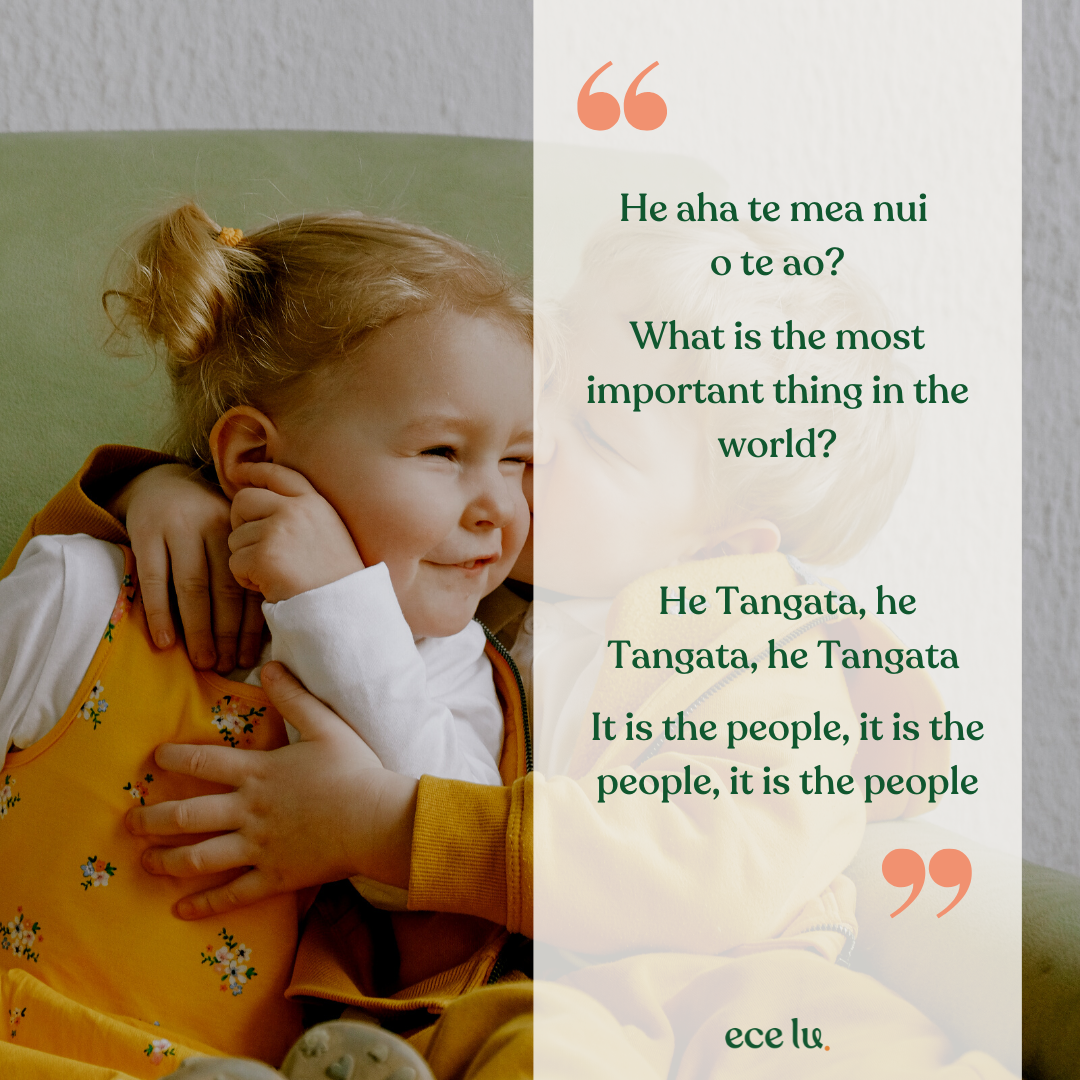
For me personally it was always of equal importance to create quality learning opportunities for children whilst holding educators in the same regard. The goals and strands of Te Whariki apply equally to educators and tamariki alike – an environment providing educators with resources and tools allowing them to professionally “fly” to become the best Kaiako possible. This meant prioritising they had time to observe, document, plan and evaluate children’s learning authentically.
This takes time!
Each educator received generous non-contact time each week (not a mythical creature), yet time was the enemy. Why? We were capturing magical moments in children’s portfolios including those hand and footprints and artwork parents cherish, and ensuring each child had a new story every month. So, what was the problem? Short answer, we were. We had all bought into the notion every child needed a story every month. I, as leader, banged that drum too, despite my gut telling me otherwise. Accountability must prevail!
Our current reality wasn’t working and although planning and assessment was evaluated it wasn’t authentically based around the learning outcomes of Te Whariki. Change was required and as the leader I needed to research, learn, reflect and offer change to our team. I had a deep desire to lighten their load, but also to ignite their professional passion.
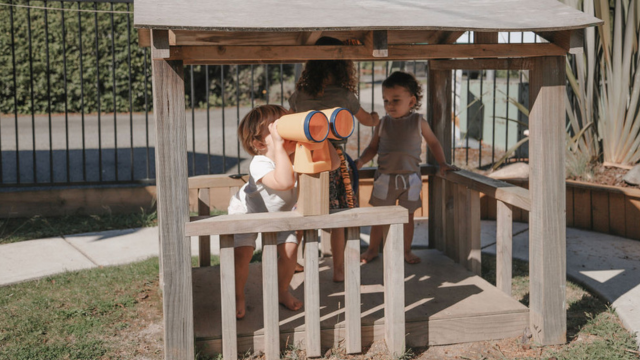
Our team is extremely experienced and, despite our diversity and professional backgrounds, we all believed every child needed one learning story every month. No exceptions. Or was there? And I was about to tell them that is not necessarily the case, nor a regulation! Children don’t learn in months, but at their own pace. Not because another month is looming.
The first step was auditing each child’s portfolio and asking ourselves if we were authentically documenting their trajectories and learning progressions through the lens of the twenty learning outcomes in Te Whāriki. If so, was it evident? We came to the conclusion that, although our documentation was based on authentic observations and was written from the heart, we were missing valuable content. We needed to make learning more evident and to explicitly demonstrate our strategies.
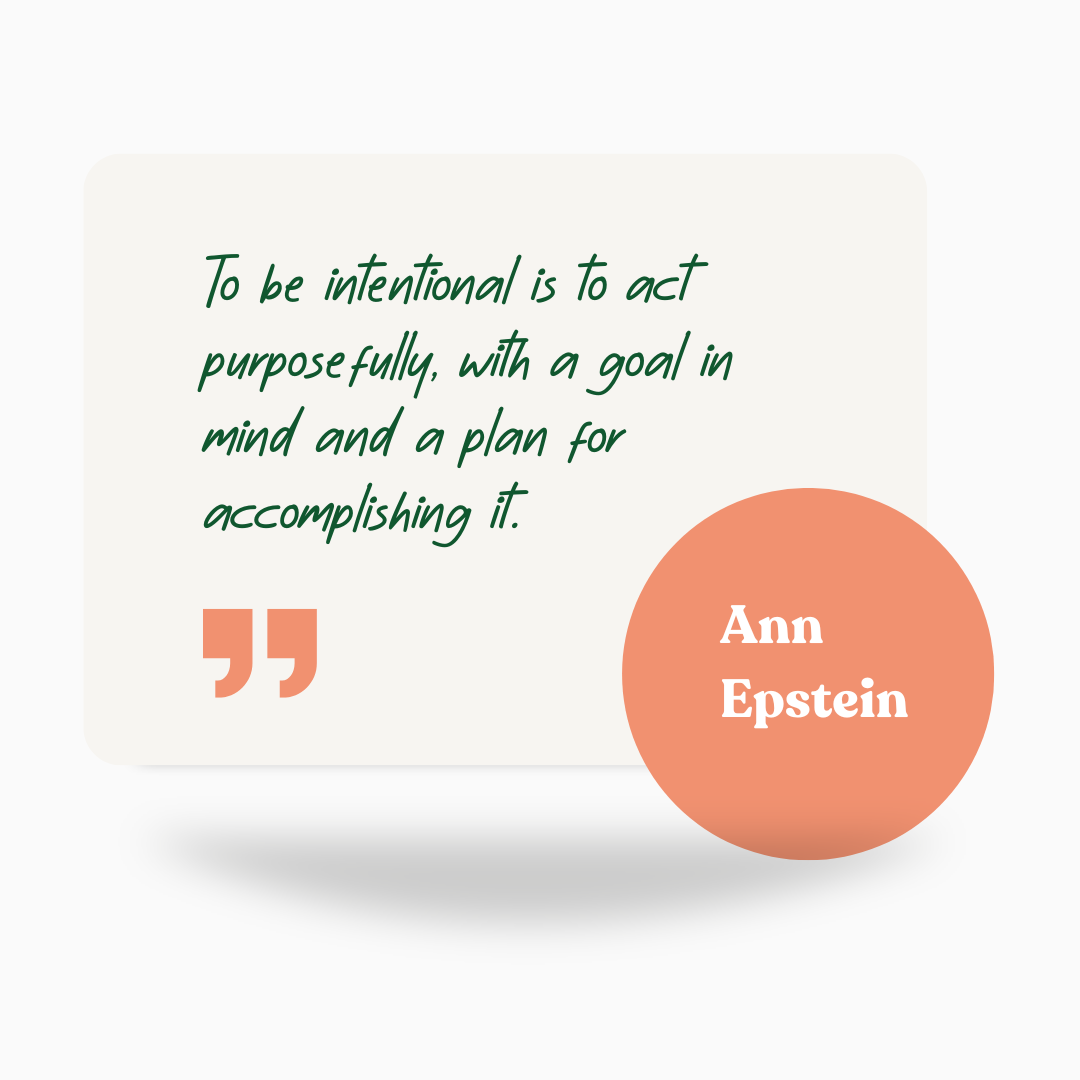
So what really matters?
The answer was in the learning outcomes in Te Whāriki. As a team, we know what intentional teaching looks like. We practice it. We plan for it. But, we weren’t documenting the strategies we were using to support progression along each child’s learning trajectory. We discussed it during professional conversations but weren’t recognising the significance it played in the documentation. We were focused on a thousand ways we could teach children about the life cycle of a bee, or other similar “planning” exercises.
The result of these reflections, along with the willingness to create change, was a redefinition of our processes. Each child now has an individual planning document. We know our tamariki well and have identified 1-2 learning outcomes we want to progress. The evidence and learning examples in Te Whāriki are our compass and we use these to track each child’s trajectory. We continue to observe and notate anecdotal evidence of progression, but we don’t necessarily create a monthly story from this information. That’s right – no more monthly stories just because we think we must do so. We don’t!
Watch this space!
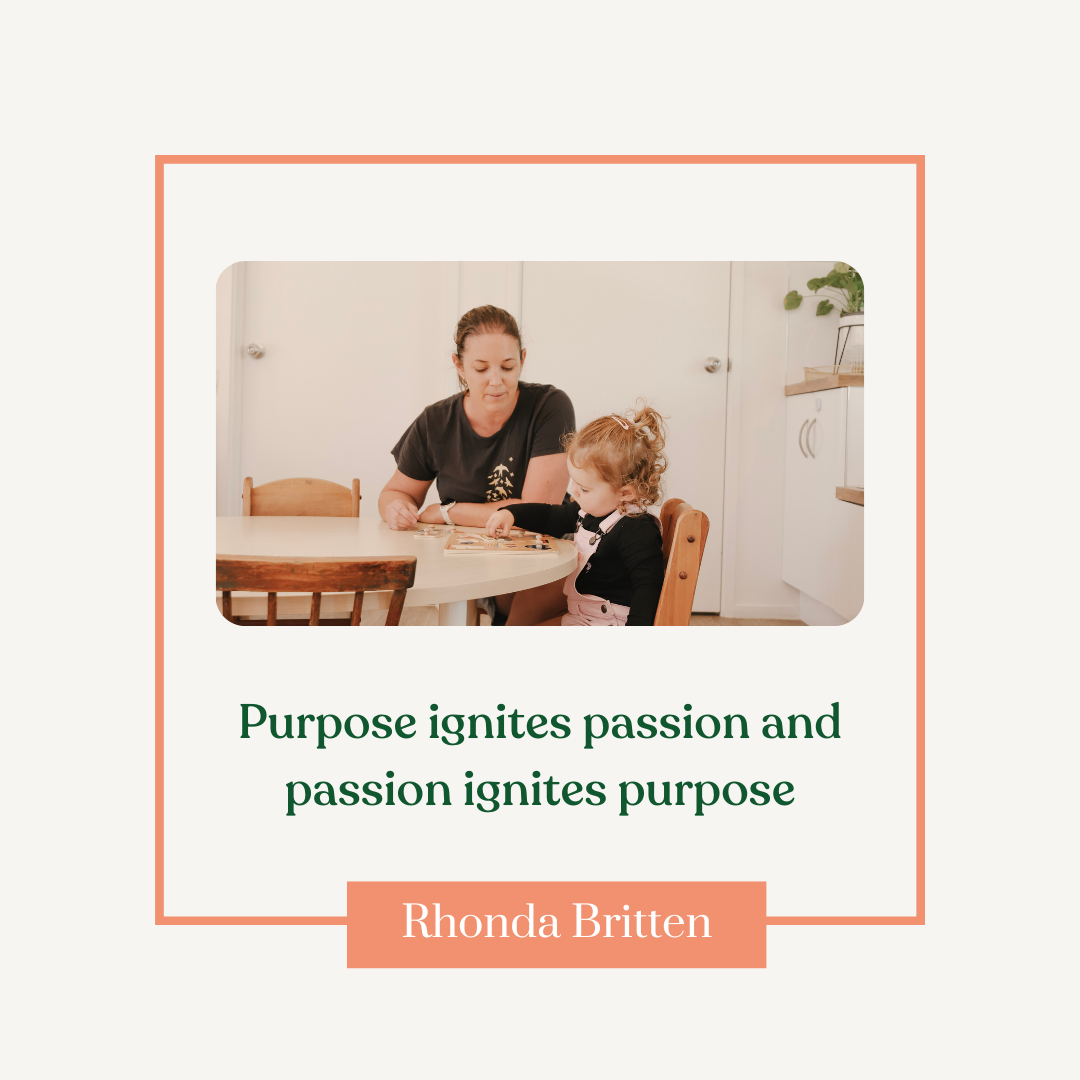

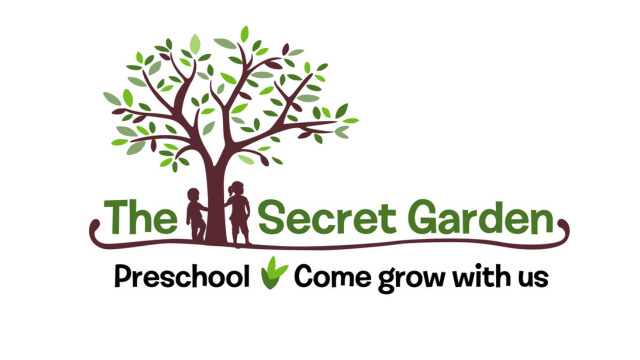
Sheryl Dale
Sheryl is an experienced ECE teacher and leader who has contributed to the sector for more than 21 years. She is passionate about ensuring her team are supported so that they can be their best for the children they love and care for. Sheryl and her team have recently been on a journey of review exploring how they can reduce their assessment documentation burden while also maintaining quality outcomes for children and keeping parents happy too!
Share your thoughts...

